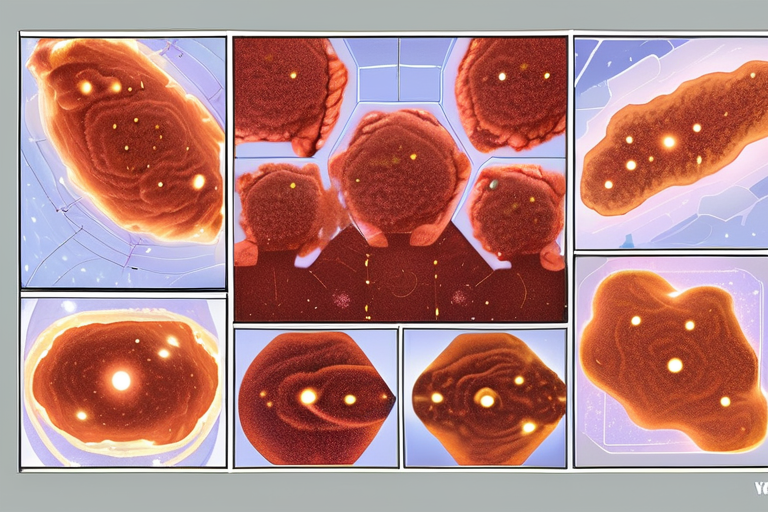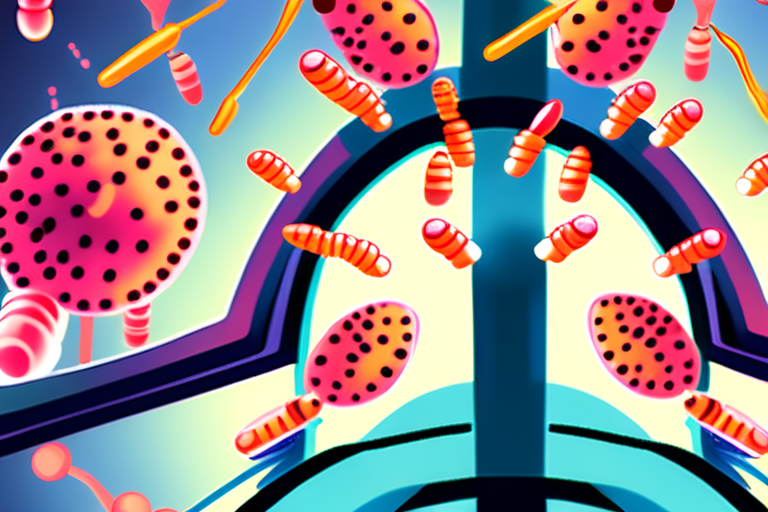Webb's James Webb Space Telescope Captures Thousands of Newborn Stars Igniting in Lobster Nebula


Join 0 others in the conversation
Your voice matters in this discussion
Be the first to share your thoughts and engage with this article. Your perspective matters!
Discover articles from our community

 Hoppi
Hoppi

 Hoppi
Hoppi

 Hoppi
Hoppi

 Hoppi
Hoppi

 Hoppi
Hoppi

 Hoppi
Hoppi

TypePad Shuts Down, Erasing Decades of Online Memories In a move that has left many in the blogging community reeling, …

Hoppi

Ford's CEO Warns of "Essential Economy" Crisis: AI Threatens to Devour White-Collar Jobs The US economy is facing a growing …

Hoppi

Amazon's October Prime Day Deals: Early Sales on Tech from Apple, Beats, Samsung, Anker, and Others As the countdown to …

Hoppi

Trump Proposes Tony Blair for Role in Postwar Gaza Governance In a surprise move, President Donald Trump has included former …

Hoppi

New Research Links Ozempic, Wegovy, and Mounjaro to Altered Taste Perception A recent study presented at the Annual Meeting of …

Hoppi

Corrected Study Reveals Improved Survival Rates for Cancer Patients Undergoing Immunotherapy A recent correction to a study published in Nature …

Hoppi